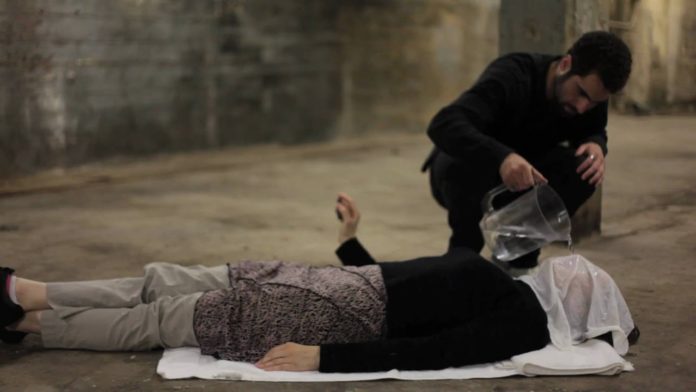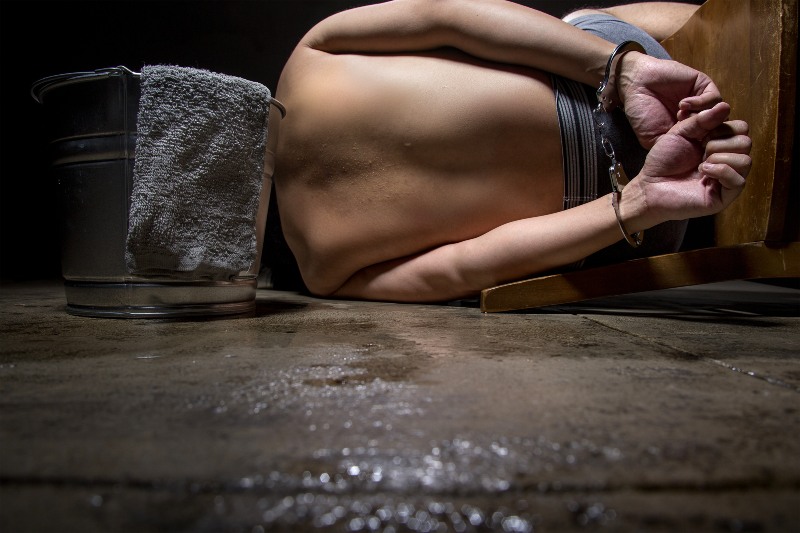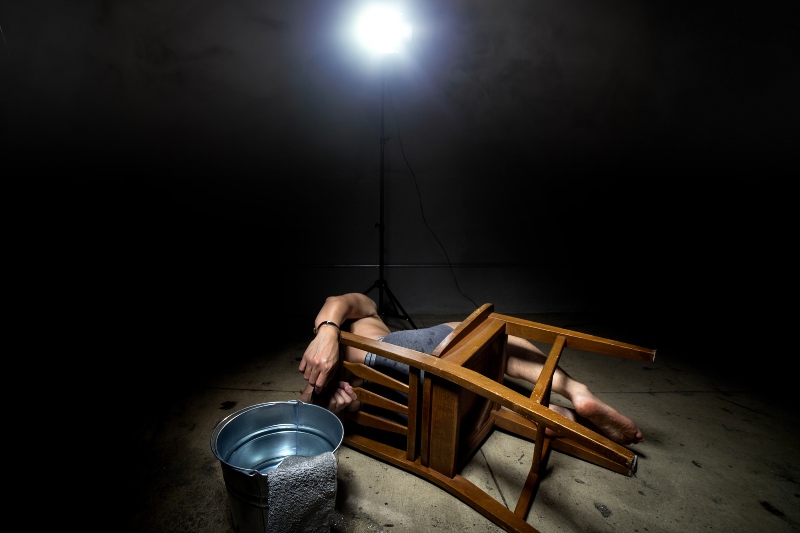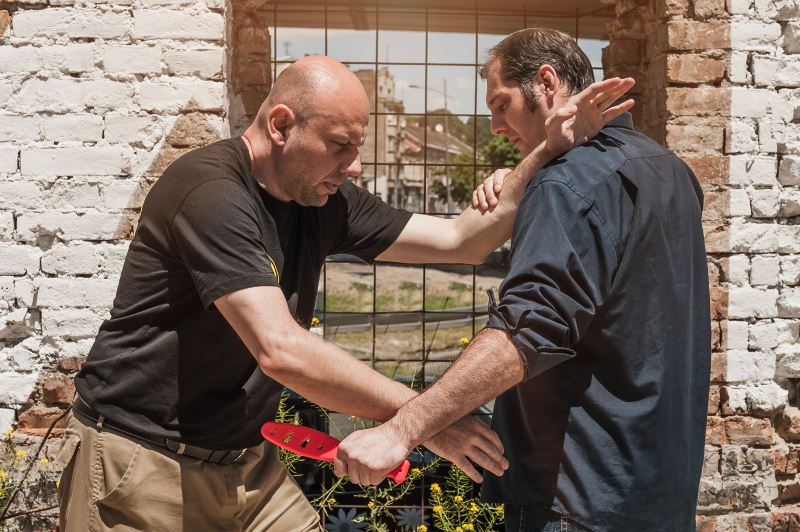Waterboarding is also known as “water torture.” Ensure you know how to survive waterboarding if you find yourself in this situation. Check out our waterboarding survival tips.
How to Survive Waterboarding | Everything You Need to Know
What Is Waterboarding?
Waterboarding is a method of torture to simulate the feeling of drowning.
In this brutal practice, your captors will cover your face with a cloth. Then, pour water over your mouth and nose, creating a drowning sensation.
Waterboarding is a controversial subject, as it has become a technique to interrogate. So if you find yourself in this situation, someone may want to get crucial information from you.
What Happens during Waterboarding?
First, your torturers will blindfold you so that you won’t know your surroundings. Then, they will tie your arms and legs to a chair to restrain your body from moving.
There might also be some individuals on your side to ensure that you remain still. Additionally, someone will likely hold your head so that your mouth is facing the ceiling.
But your captors can still waterboard you on the ground, on a table, or even upside down! After all, cloth and water are all it takes for waterboarding.
Once your torturers have secured you in your position, they will interrogate you. They might even say that this is your last chance to disclose critical information. It is then your decision whether to leak information or to resist completely.
Then, your captors will put a cloth that will cover your entire face. You can still breathe through this cloth if it is dry.
But, once they pour water and the cloth becomes wet, water will seep through it and enter your mouth and throat. You will inhale fluids since water will also go through your nostrils and sinuses.
Your body will then send a signal, which can cause you to panic, making you feel like drowning.
The torturers will lift the cloth away from your face for a few seconds so you can breathe. But after you take a few breaths, they will repeat the process over and over again.
In other versions, captors place plastic over their captive’s mouth and nose. Then pour water.
The good thing about this waterboarding is that the water does not enter your body. But because of the plastic, you could suffocate, which mimics the feeling of drowning.
What Effects Does Waterboarding Have?
Waterboarding can cause extreme physical, emotional, and psychological stress.
Its effects can differ from one person to another.
For instance, waterboarding can put you at a higher risk of a heart attack.
Since your body does not get enough oxygen, your organs can deteriorate. Your brain and lungs can get damaged, and your bones might break.
You might even die if the captors would not let you breathe for a couple of minutes.
You may die from asphyxia or dry drowning if they pour water without interruption.
You can get through waterboarding, but survival might entail long-term.
You might experience post-traumatic stress or even have nightmares for months or years.
RELATED: How To Survive A Panic Attack
How to Survive Waterboarding?
1. Be Mentally Prepared
Preparing your mind is one of the best things to prepare for and survive waterboarding.
Understand the threat and what could take place in such a situation.
Expect to experience a high level of mental pain and suffering when captured.
Fill yourself with courage and determination so you can survive the torture.
2. Exhale Sharply
Exhale through your nose before breathing in. Do this quickly with force whenever the torturers stop pouring water over your face.
This strategy can push fluids away from your face so you can inhale air properly. Yes, you might still breathe in some water, but you can get some air while being tortured.
But, this method would only work if you prevent yourself from panicking.
3. Tell Deceptive Statements
Remember that torturers will arrest you for a reason – to get important information from you. So reveal enough details to deceive your captors.
Give them something, even if it is a half-truth. But do not give away that piece of information.
Respond to their questions without divulging vital information.
This approach can make your torturers think that you want to cooperate. But, it also gives you more chance to breathe and not be waterboarded.
But, keep in mind that this process requires concentration so that you won’t go into panic mode. So, mentally prepare yourself beforehand for this course of action to be effective.
4. Take Preventive Measures
Perhaps the best thing you can do to make it through torture is not to be abducted in the first place.
If you can prevent from getting caught, you don’t have to worry about what to do to survive waterboarding.
Some ways to help you evade capture are to:
- Secure your home. Invest in door locks and home security systems to keep you and your home safe.
- Notice your surroundings: Having situational awareness can make you a difficult target.
- Teach yourself self-defense: This can help you defend yourself against physical attacks.
- Do not be so predictable. If there are places and routes you pass through daily, it is easier for the captors to foresee your next move. So try to be more spontaneous and take different paths from time to time.
- Carry personal defense equipment. Devices, such as a stun gun, can disable your attacker so you can escape a dangerous situation.
Check out this video by Nimblebot Digital Media Services as they perform their version of waterboarding:
Being mentally prepared is one of the best ways how to survive waterboarding.
But regardless of your mental readiness or breath-holding ability, this form of torture can have long-lasting physical and psychological effects on you.
So be aware of your surroundings, and avoid being captured in the first place.










